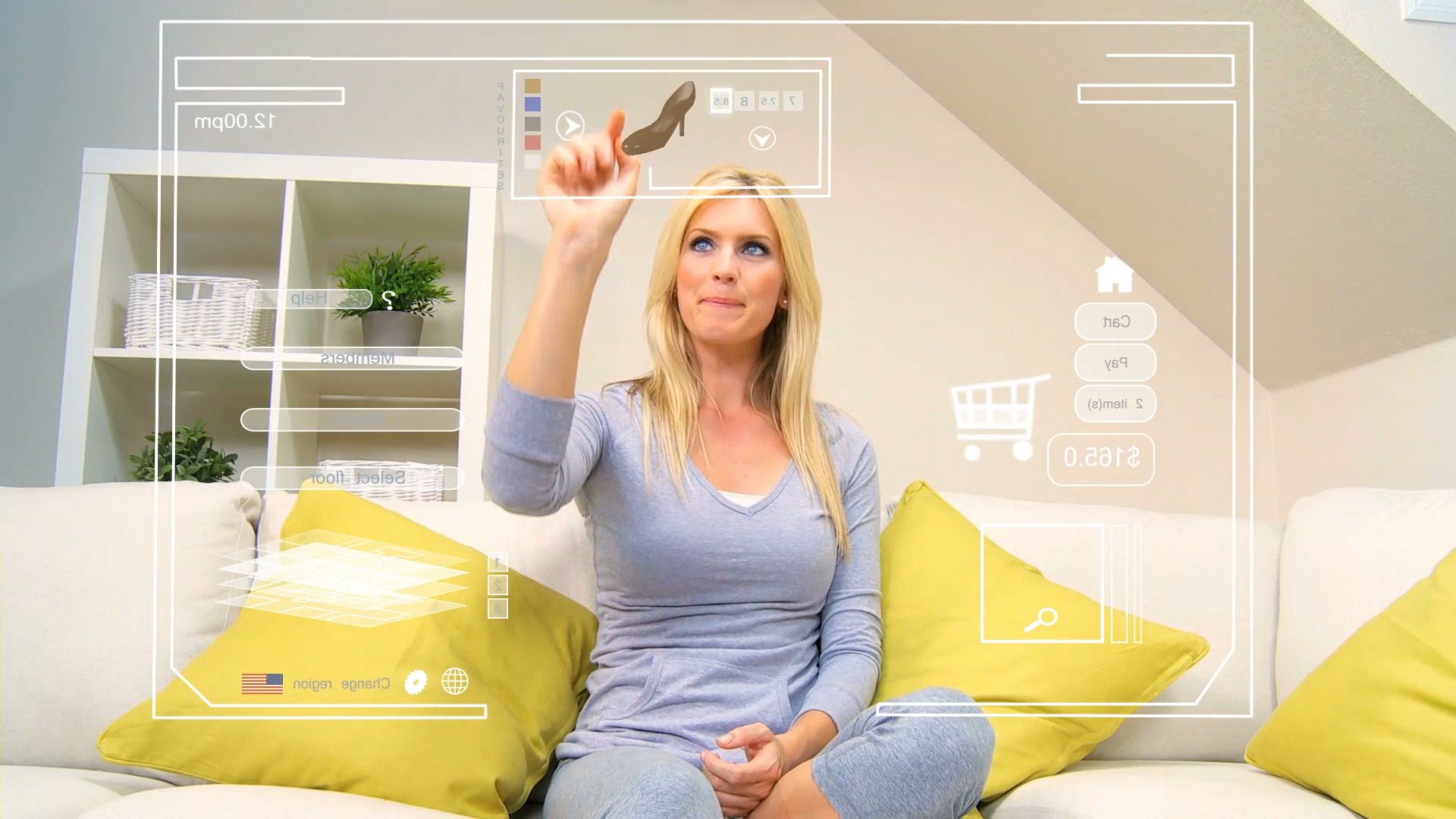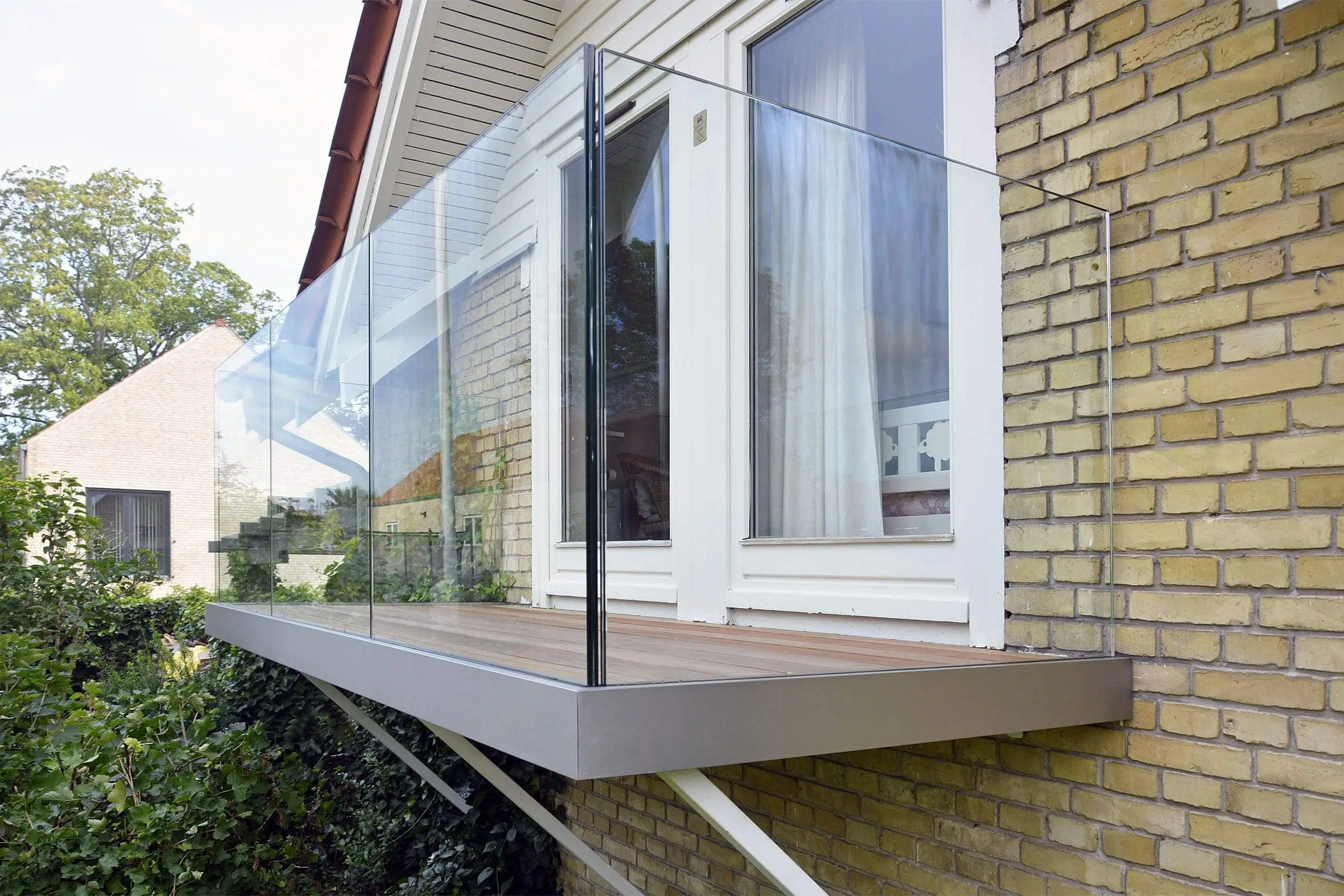How a 3D Product Configurator Boosts B2B Sales
Business-to-business enterprises frequently receive unique product demands which require custom solutions to satisfy them. Over the last few years, a digital app has emerged that helps companies to meet these demands while boosting sales. That solution is a 3D product configurator.

Businesses have unique product demands. Satisfying them requires custom solutions that can be made possible through a 3D product configurator.
The configure, price, and quote (CPQ) market continues to grow, and the market is expected to rise by 14% during 2021-2025 with an estimated value of $1.49 billion. Product configurators are among the fastest-growing B2B CPQ and sales software suites in existence today. They help customize complex products and generate quotes in real-time.
Other benefits include improved sales processes, fewer manufacturing errors, better customer engagement, and automated services that will save you time, money, and resources.
This article takes a deeper look at the uses and benefits of 3D product configurators in B2B commerce.
What Is a 3D Product Configurator?
A 3D product configurator is a digital marketing tool that uses live 3D models to provide customers with interactive visualizations and personalization. In essence, these tools allow users to customize and visualize product changes and also receive detailed cost estimates, resulting in an enhanced purchasing experience.
In recent times, more and more people are shelving offline in-store options to purchase products online by letting multiple media files – such as images and videos – guide their decisions. But is this enough? With users looking for more personalized products, simply having product pictures or videos on your site won't suffice. And that's why you need a 3D product configurator.
With a 3D product configurator, enterprises can improve brand engagement, boost sales, and reduce return rates. For instance, companies gain over six dollars for every dollar they invest in product configurators.
3D configurators let users change several attributes such as color, accessories, features, materials, size, etc. Rather than manually creating quotes and specifications against a user’s preference, 3D product configurators automate the entire process, essentially speeding up a buyer’s journey.

3D Product Configurators: B2B Commerce Use Cases
The truth is, there are several ways for you to use a product configurator. Unsurprisingly, it has found widespread usage among the manufacturing industries for real estate and construction, merchandising, vehicles/automotive, interior designs, and more. Enterprises with customizable products can take advantage of the visually appealing, customer-centric design of a product configurator. Let’s have a look at how enterprises are using product configurators:
- eCommerce Stores: Setting up an eCommerce store on your site gives your users a closer view of your products. But is the traditional 2D display of images and videos the best option? Businesses are reinventing their storefronts to meet user needs by using a product configurator. Users can interact with the products, choosing their own set of features, visualizing their custom designs, and getting a quotation of the price for that custom design. These eliminate strings of back and forth messages that would have taken place between a digital sales rep and the buyer. And that’s not all, you can also push your products to partner sites and channels where marketers, builders, consultants, and other affiliates can help display and promote your products.
- Real Estate/Interior Designs: This industry has probably embraced 3D product configurators the most. From complete 3D housing designs and layouts, fireplaces, furniture, offices to intricate details of the doors, windows, bathrooms, and kitchen designs, you’ll find considerable demand for a product configurator. A potential customer can easily hop in to customize and immerse themselves in the make and feel of the product.
- Fashion and Luxury Goods: Nothing speaks more of luxury than having one of a kind. That’s what 3D product configurators get you. Users can navigate from several channels and immerse themselves in the creative landscape of fashionable designs. Usages include clothes, shoes, jewelry, and other accessories. Your users can personalize their product by changing the designs, color, engravings, and more. Several top brands around the globe are already offering these options to their customers. You should too.
- Automotive: Users can leverage car configurators to customize the vehicle and automotive designs. With this type of 3D product configurator, users can customize wheels, exhaust, mirrors, tint, paint, and seat cover designs.
6 Ways 3D Product Configurators Boost B2B Sales
In recent times, self-service and DIY platforms are getting more attention as customers seek better-personalized goods. Considering the unique opportunities and potentials with a 3D product configurator, B2B companies can effectively optimize and fast-track sales processes, personalize user experience, get better product feedback, and so much.
Here’s why you should consider a 3D product configurator for business:
Higher Customer Satisfaction
Bridging the gap between what a customer wants and what you deliver has never been closer. No longer does a buyer have to wait for several days —sometimes weeks or months—before seeing their purchase and ultimately deciding if it meets their needs and wants. Businesses spend an obscene amount of money on improving their processes and equipment.
Not having the option to tailor this equipment or designs and quickly get a quote will only push the enterprise customer to another brand. Suppose you sell furniture. Customers can interact and take full ownership of the products by tweaking some of the specifications like color, width, height, and depth.
With an interactive 3D eCommerce visualization and configuration production, you can enable higher customer satisfaction.
Lower Rate of Product Returns
When you satisfy your customers, you effectively lower the chance of them returning the products. 3D product configurators don’t just get you customer satisfaction, they also ensure that your product doesn’t end up being discarded or returned when it doesn’t match an enterprise’s reputation.
By opening the build process, buyers can choose products that match their brand and reduce returns.
Effective Sales Consultants
In a traditional buying process, customers have to contact sales representatives to get essential information on the product such as price, customization options, material availability, delivery dates. The sales consultant will walk you through your preferences and requirements as part of the process and then explore different configuration options with you. This process can be time-consuming, sometimes resource-draining.
With a 3D configurator, you can quickly understand the customer's requirements, deliver a price estimate on the customized product, and direct them through a faster and more simplified consultation —or buying — a process without involving a sales rep.
Big Data Pool; Better Optimized Products
When prospective customers interact with your 3D product configurator, they leave a pool of valuable data that you can use to optimize customer engagement. You can easily track customer engagement, noting the most common product preferences, areas where customers disengage with the product, and more.
Having this massive well of data ensures you can offer customers better sales processes, product functionality and innovations, and ultimately greater customer engagement and satisfaction.
Greater ROI with Guided Selling
Of course, a sale should come with profit. But how does a 3D product configurator improve ROI better than a traditional sales cycle? First, you can reduce production errors. The online product configurator provides a variety of settings and options–especially in B2B– that allows users to run automated checks on the feasibility of products so that customers can make informed decisions.
In some cases, one can get lost in all the options and pick the wrong components for a certain product. But a product configurator reduces the possibility of errors by ensuring that only possible combinations are available. Second, the configurator can guide users through an ad-hoc set of questions and prompts for upselling, cross-selling, and increasing sales.
Finally, a good product may sell itself, but a greater customer experience drives traffic, increases retention, and promotes visibility. Visualizing a product in real-time through a 3D product configurator gives online buyers the closest experience to the real thing. It is a garage where they can switch parts and try out different wheels until they’re satisfied.
Efficient Integrations with Third-Party Software (ERM, CRM, etc.)
You don’t just want customers to see the product, you want to take them through your enterprise platforms, if necessary, interacting with them through an ERM or CRM software, tracking their viewpoints and engagements through a CDP, and so on.
A 3D product configurator simplifies the process of building a retail experience by facilitating integration with several third-party software. By doing that, you will build stronger customer relationships and increase B2B sales.
How Easysteel and KILO Increased B2B Sales With Salsita 3D Configurator
With Salsita 3D configurator, you can visualize several types of complex products, their intricate features, and preferences. The configurator lets you integrate with several platforms to guide customers in configuring the perfect product while you leverage the data acquired to learn about sales and customer preferences.

Plus, we are a web development agency that provides you with a 3D product configurator and a top-notch software development team to back you up. Our hybrid 3D product configurator highly caters to the needs of B2B commerce companies, as discovered by Dutch furniture maker KILO.
KILO was looking for an opportunity to automate the generation of manufacturing diagrams and enable high customizations since online sales represented the fastest-growing part of their business. Salsita 3D configurator was able to successfully simplify and automate their sales processes and facilitate custom furniture designs.
Easysteel, another company in the handrail and fitting manufacturing industry, needed to boost their sales by enhancing customer satisfaction and production time for custom railing and steel orders.
By choosing Salsita 3D configurator, they were able to provide customers with an engaging UI, multiple selection options, and dynamic pricing. This led to a faster order-to-production time, better customer satisfaction, and increased sales.
Interested in learning more about 3D product configurators? Contact us to learn more.


